The Clamshell Design; An Ideal Approach For Foldable Phones
Without a doubt, the new Motorola Razr is a beautifully made clamshell foldable phone. That form factor, in my opinion, is what a foldable phone is supposed to look like, let alone how its supposed to function.
When the idea of phones with a foldable display first sparked a few years ago, the very thought of it seemed like an impossibility. It was hard to imagine having a bendable LCD screen due to the technological limitations back in the day. The closest we’ve seen to an actual foldable device were dual-display phones such as the NEC Medias W and the ZTE Axon M.
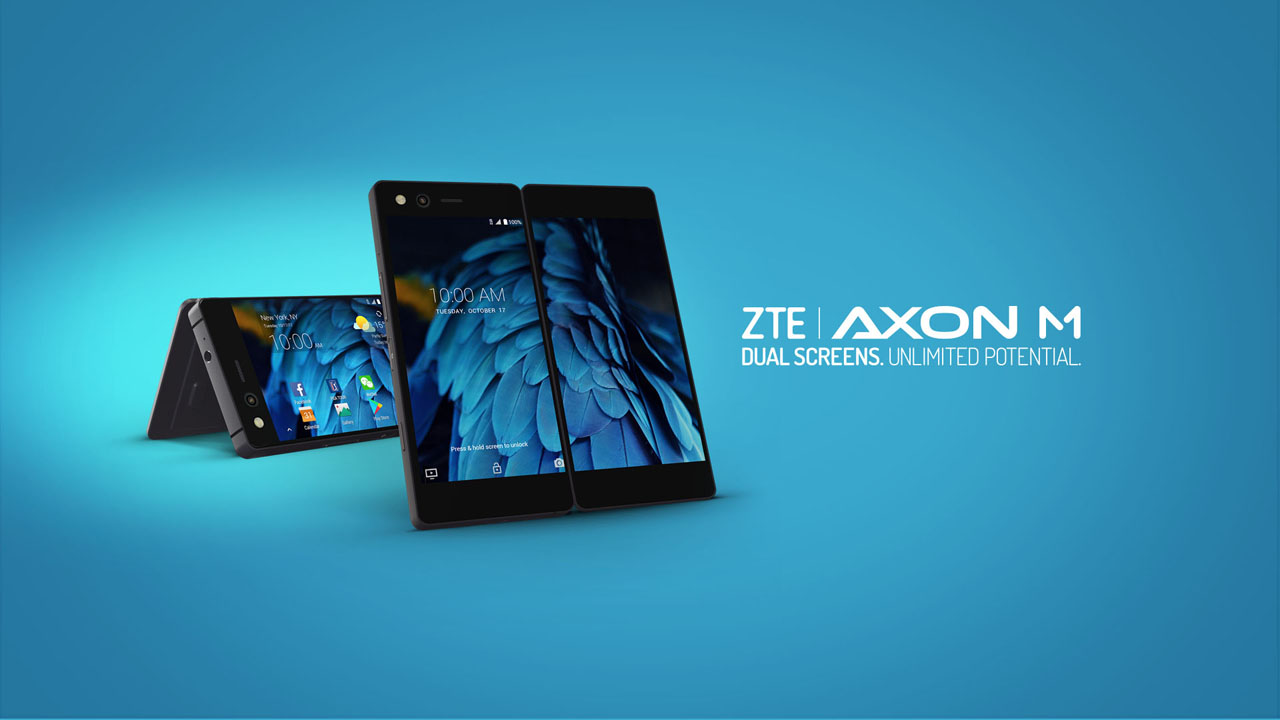
Then it happened. A breakthrough was made, and flexible and thin displays were invented. Fast forward to a couple years later, more than one foldable phone started making headlines in the industry. The Royole Flexpai was the first of its kind to make a debut and proved that the technology was indeed possible. However, its overall look and performance was nothing to write home about. Then came the big guns, the Samsung Galaxy Fold and the Huawei Mate X, which also adopted a phone-to-tablet approach.
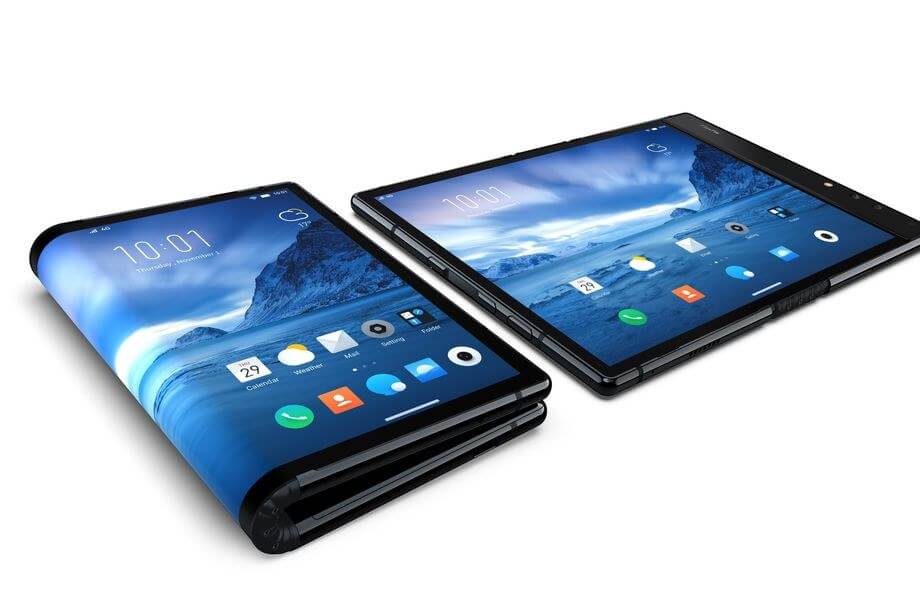
From there, it was obvious that the major phone brands’ vision of a foldable smartphone was to transform a standard-sized phone into a tablet with a massive display. While it does seem like a logical choice to have a larger display, but the idea is still somewhat niche. The initial foldables also introduced a bizarre aspect ratio that’s rarely optimised by most applications, and pricing concerns for larger displays are apparent.
You see, the new Motorola Razr still grabbed everyone’s attention despite not having the ability to transform into a tablet. Lenovo and Motorola had a stroke of genius of actually reintroducing the phone during the foldable craze by capitalising its signature clamshell design as its main selling point. Most importantly, it maintained the familiar smartphone form factor and aspect ratio when unfolded, which is a highly appreciated feat.
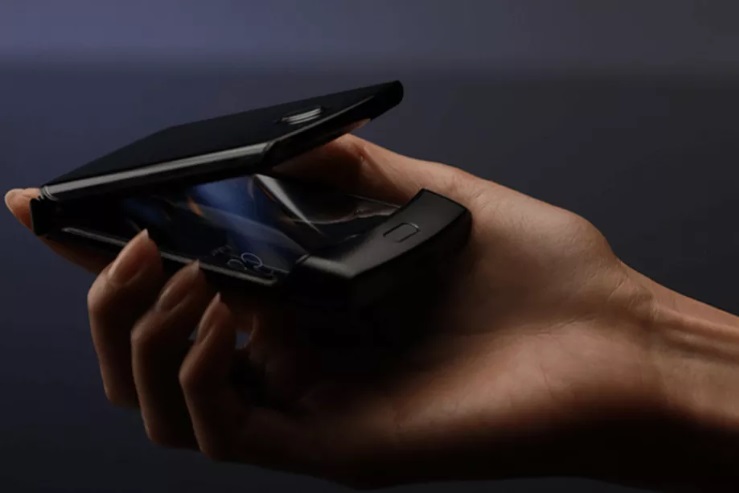
Why a clamshell design, you ask? Three things.
Firstly, as I’ve mentioned earlier, a more compact form factor is something that has been absent ever since the introduction of smartphones. Screens get bigger and bigger, with some phones now reaching 6.7-inches in size. Honestly, who wouldn’t want a larger screen? But fold one end of the screen to the other, and we’ll get a compact form factor which would greatly benefit a lot of people.
Secondly, is screen protection. As most of us have experienced throughout the years of owning a smartphone, dropping one isn’t the best of experiences. Unlike the legendary Nokia 3310, current phones will eventually give in to impact which would cause damage to its screen – regardless of its Corning Gorilla rating. Whereas clamshell phones would actually protect the display with its outer casing when it is in its closed (folded) form. Provided that makers will use sturdier materials to ensure the safety of the phone’s innards, as well as its screen.
Thirdly, nothing feels as awesome as flipping your phone out to answer calls. And that satisfying click when you close your phone when you hang up on someone? Priceless.
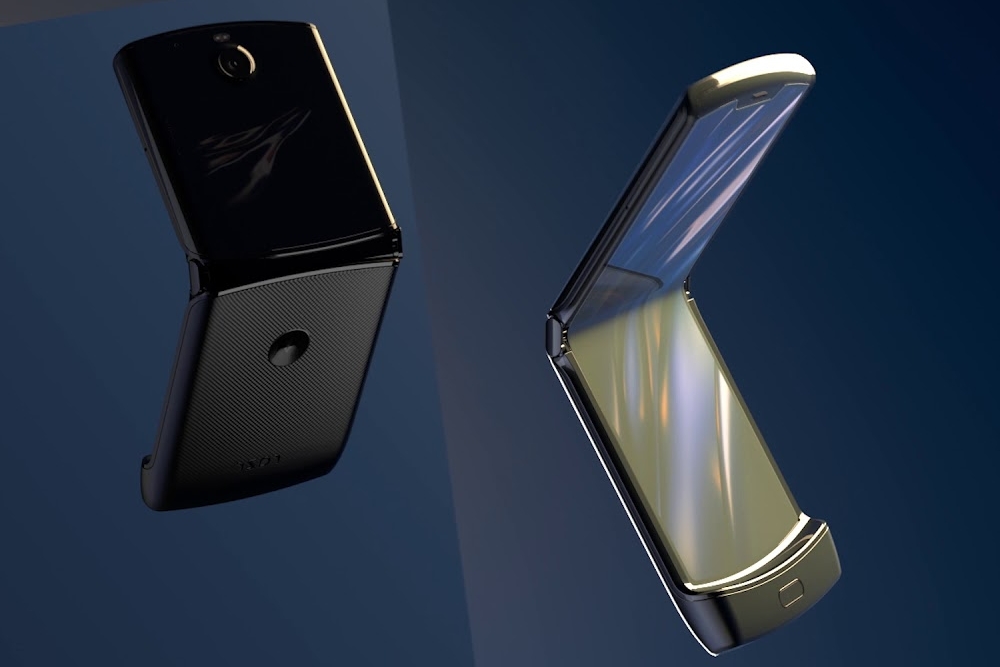
So far the Motorola Razr has shown a lot of promise by adding other innovative features to its design. The phone utilises only one main camera for selfies and general photography, which is a clever way of having a consistent image quality for both modes. Selfie mode is accessible when the phone is in its folded form and a live preview is displayed on its front-facing exterior LCD display.
Perhaps one day clamshell foldable phones would sport a fingerprint scanner, an integrated stylus, and six different cameras. If there’s a will, there’s a way and the perfect drive for continuous innovation is competition. The need to compete and outdo another brand is how things like punch-hole cutouts and multi-camera setups exist.
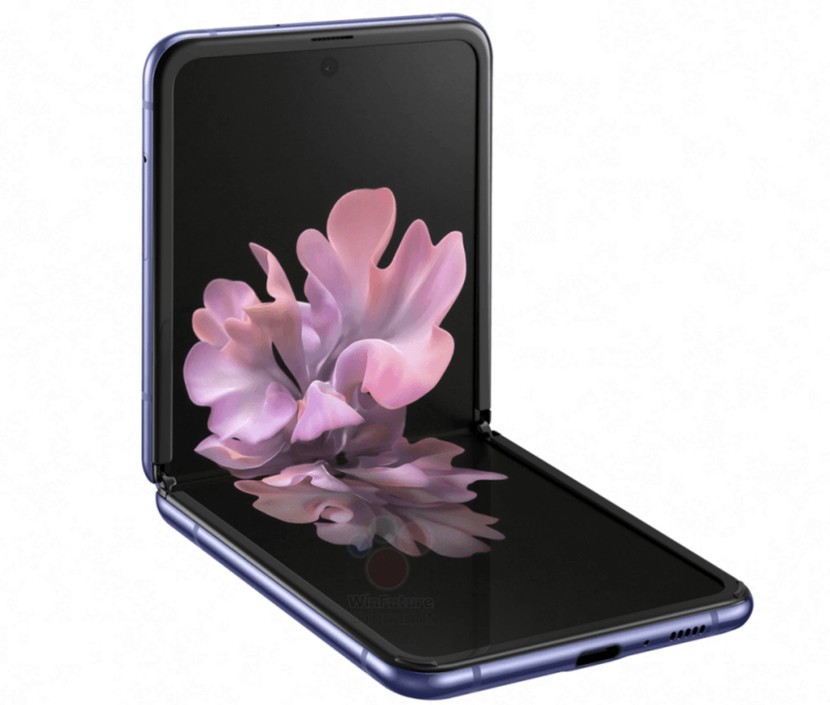
Thankfully, we’ll be expecting more of this form factor coming into the market with brands like Samsung who are planning to introduce the upcoming (yet still unannounced) Galaxy Z Flip. I’m excited to see what the Korean tech giant has in store, and am curious to see what other brands are planning to pursue this approach.
The post The Clamshell Design; An Ideal Approach For Foldable Phones appeared first on Lowyat.NET.
from Lowyat.NET https://ift.tt/36DtDNU
Labels: Lowyat
0 Comments:
Post a Comment
Subscribe to Post Comments [Atom]
<< Home